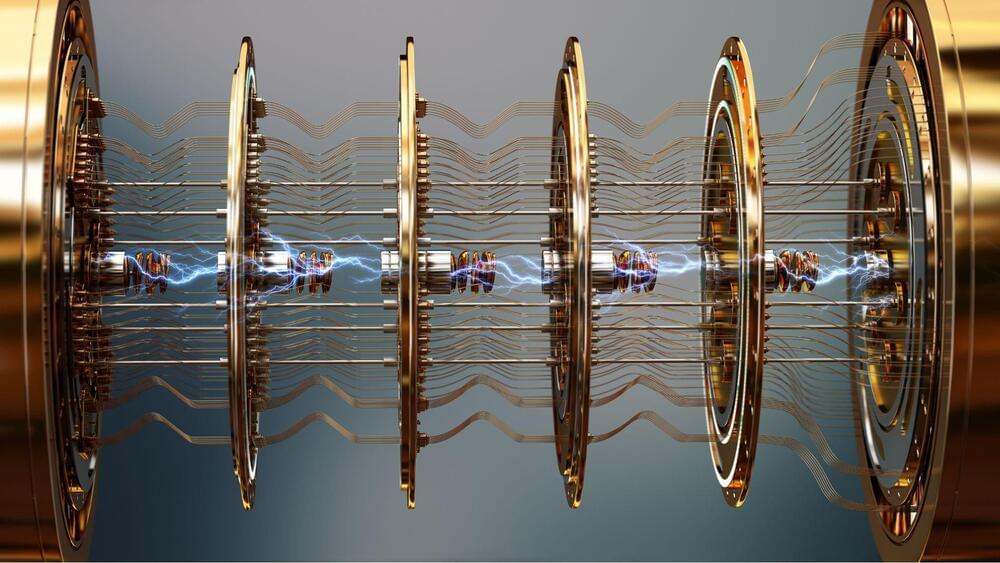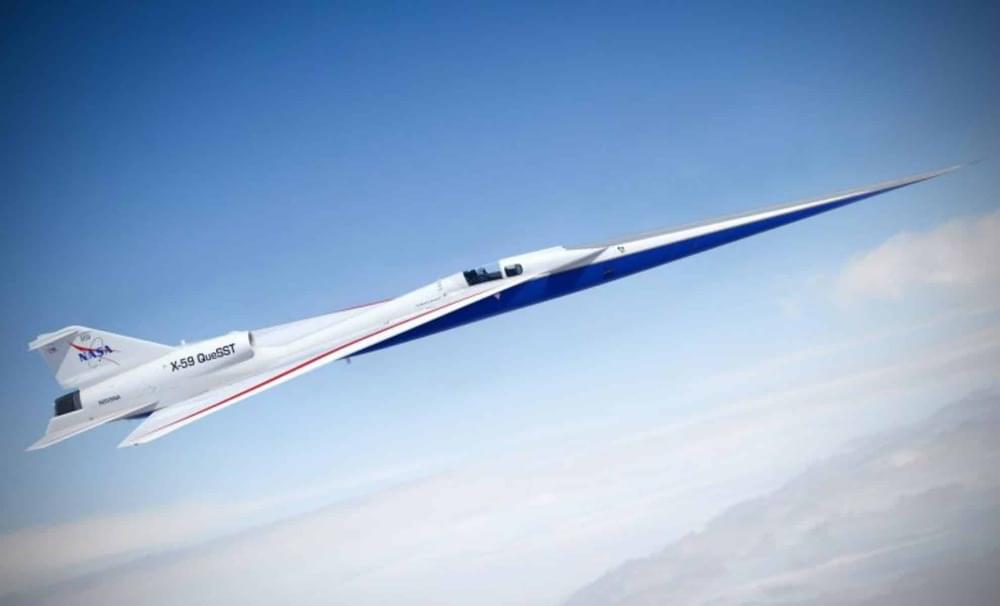Researchers have successfully demonstrated negative entanglement entropy using classical electrical circuits as stand-ins for complex quantum systems, providing a practical model for exploring exotic quantum phenomena and advancing quantum information technology.
Entanglement entropy quantifies the degree of interconnectedness between different parts of a quantum system. It indicates how much information about one part reveals about another, uncovering hidden correlations between particles. This concept is essential for advancing quantum computing and quantum communication technologies.
To understand what negative entanglement entropy means, we will first need to know what entanglement and entropy are.







